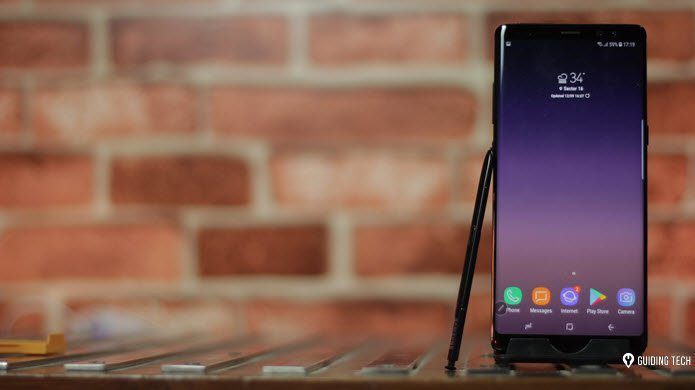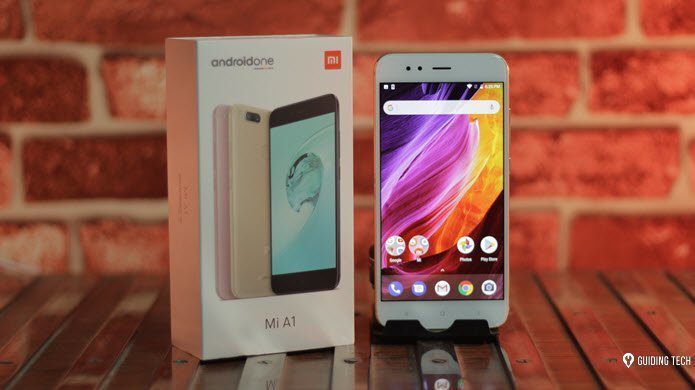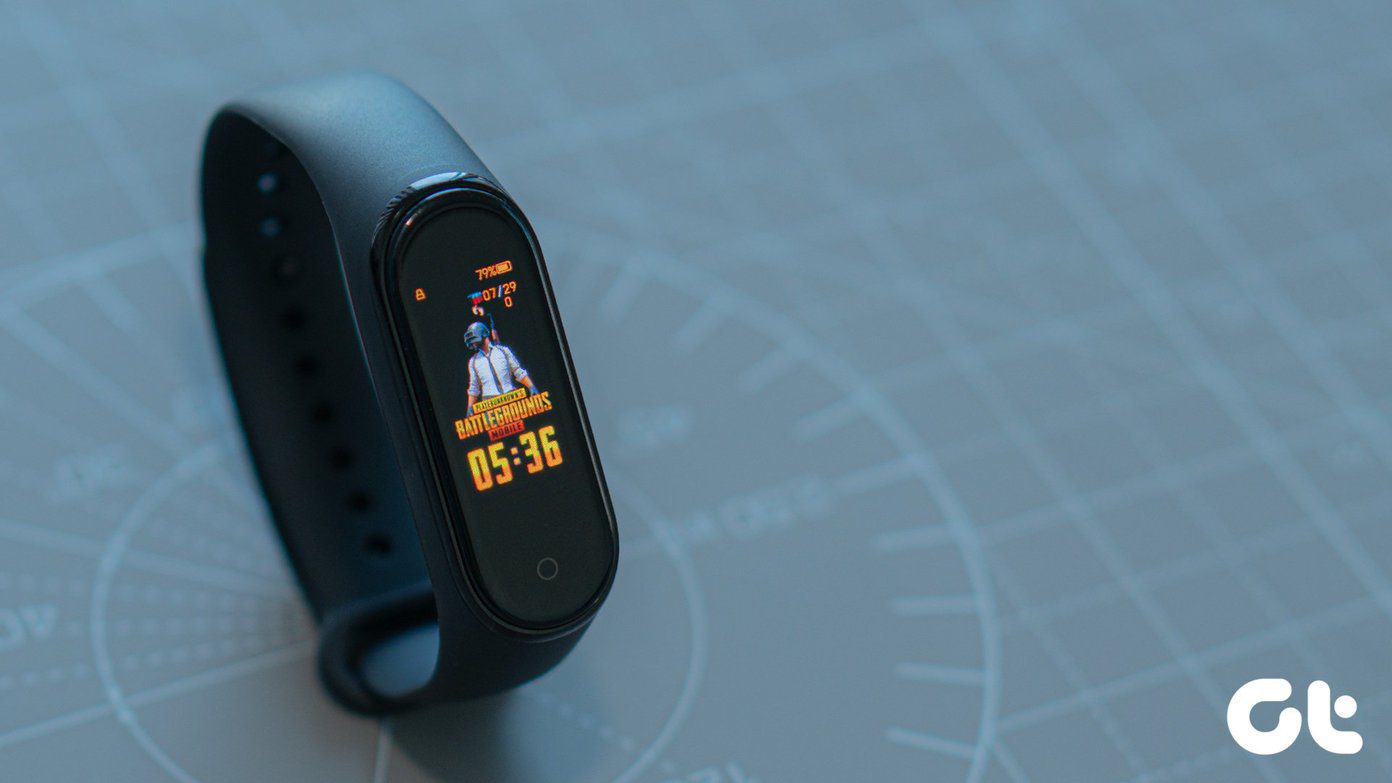The Galaxy J7 Max can be seen as an ideal successor to the Samsung Galaxy J7 Prime, which was launched in September 2016. So, without further delay, let’s get started on the initial impressions for the Samsung Galaxy J7 Max.
Design
The Samsung Galaxy J7 Max shares its looks with the other members of the Samsung J-series, particularly the Galaxy J7 Prime, with its squarish corners. However, the J7 Max is a tad big with a 5.7-inch screen and sports an all-metal unibody design. And given its wide design and thickness of 8.1 mm, it might be a bit difficult to use it with only one hand. Speaking of the design, there are no visible antenna lines on the rear or at the bottom. Up front, we have the fingerprint sensor cum home button and the hardware capacitive buttons at the chin, while the phone speaker sits at the top flanked by the selfie camera and the flash — lending a uniform look to the device. The loudspeaker grills sit on the right side just a tad above the power button. On the left, we have the volume rockers and the hybrid SIM tray and a slot for the memory card. Some of the new entrants in the budget segment like the Xiaomi Redmi Note 4, Xiaomi Redmi 4 or the Lava Z25, unfortunately, don’t have this advantage. At the bottom, you’ll find the micro-USB port flanked by the 3.5mm headphone jack on one side. If you ask me, an upgrade to USB Type-C would be been more than apt. The primary camera sits on the rear with a Smart Glow ring surrounding it and the single-tone LED flash next to it. Overall, the Samsung Galaxy J7 Max is an average phone in terms of look and there isn’t much to set it apart from the other Samsung phones. And since we don’t have Corning Gorilla glass, you might want to have it protected with a case or a tempered glass to shield it from scratches and accidental falls.
Display
Moving on to the display part, you’ll find a 5.7-inch full HD display. Unlike the recently launched Samsung phones like the Galaxy C7 Pro or the J7 Pro, the Galaxy J7 Max doesn’t sport an AMOLED display but instead packs a TFT panel. Surely, the screen is not as bright as an AMOLED one, but still, it manages to whip up bright, crisp and vivid colours. Plus, the streamlined bezels add more depth to it. Speaking of the screen, it’s quick to respond to touch and doesn’t feel slippery either. Also, the sunlight legibility is great and gives a decent performance even under harsh sunlight.
Camera
The Galaxy J7 Max packs in a powerful 13-megapixel camera both as the selfie camera and as well as the rear camera. The only difference is in the aperture value, while the front camera has a value of f/1.9, the rear camera packs in an f1.7 lens. So far on our testings, the camera has performed amazingly well. The color reproductions are great and the picture quality is more than average. The following are some of the samples taken from the rear camera of the Samsung Galaxy J7 Max. But, the main highlight of the phone is the Social Camera. This special feature lets you share pictures to your contacts and social media as you click them. Another interesting feature is the AR mode, which will let you see the nearby places of interest when you point your camera towards it. However, we haven’t tested this feature fully yet. So, watch out this space for its full review.
The Hardware Aspects
The Samsung Galaxy J7 Max is powered by a MediaTek octa-core processor which clocks at 1.6 GHz. It packs in 4GB of RAM and 32 GB of built-in storage expandable through a microSD card. It’s quite a surprise that Samsung didn’t go for the Exynos processor similar to the Samsung Galaxy J7 Pro. On the benchmark front, it scored a value of 44103 on the AnTuTu benchmarking tool which is average for a phone priced at Rs. 17990. If you recollect, even the Xiaomi Redmi 4 priced at just Rs. 8999 scored 43917 in our tests. However, a missing component is NFC. These days NFC can be used in so many creative ways, including payments and transferring files, it would have been an advantage to have it around. It makes up for the absence of NFC through the Smart Glow ring on the rear. The ring can be customized to indicate who is calling or even to alert you of any priority notifications.
Software
Moving on to the software part, we have Android Nougat on the Galaxy J7 Max. It’s a welcome move considering that most of the Samsung phones released this year (apart from the Galaxy S8) had only Android Marshmallow. Adding to it, the phone is protected by the in-house Samsung Knox and even the security patches are the latest. Another notable feature is the addition of Samsung Pay Mini — a scaled down version of the Samsung Pay. Though it won’t let you add your credit/debit cards to it, it will act as a comprehensive platform for making e-wallets and UPI payments.
Battery
Now comes the most important part of any smartphone — the battery life. The Samsung Galaxy J7 Max packs in a 3300mAh non-removable battery unit. This unit should see you through a day in case of casual use, though we will be able to give you more details in our full review. On the charging front, it has neither fast charge nor quick charge, which means that it will take about 3 hours to fully charge the device. Given the price tag, the Galaxy J7 Max could at least have come packed with fast-charge, if not quick-charge.
Parting Thoughts
In conclusion, the Samsung Galaxy J7 Pro packs in a great camera and a good battery unit. With the influx of smartphone with different designs in the budget segment, like the Moto G5 Plus or the Xiaomi Redmi 4, I wish the design was a bit unique to make it stand up starkly from the rest. Though it has a newer software version and full HD camera, if you ask me, the price tag of Rs. 17990 is a tad pricey given the strong competition in the Indian market. And with the Nokia 6 coming up with good specs under the price bracket of Rs. 15000, the Galaxy J7 Max will have a tough time in the offline market as well. So, will it be able to kill the competition? We will be able to answer that question only when we put it through our intensive tests and reviews. Until then, stay tuned and watch this space for the Samsung Galaxy J7 Max review. See Next: The Best 5 Music Player Apps for Android The above article may contain affiliate links which help support Guiding Tech. However, it does not affect our editorial integrity. The content remains unbiased and authentic.






















